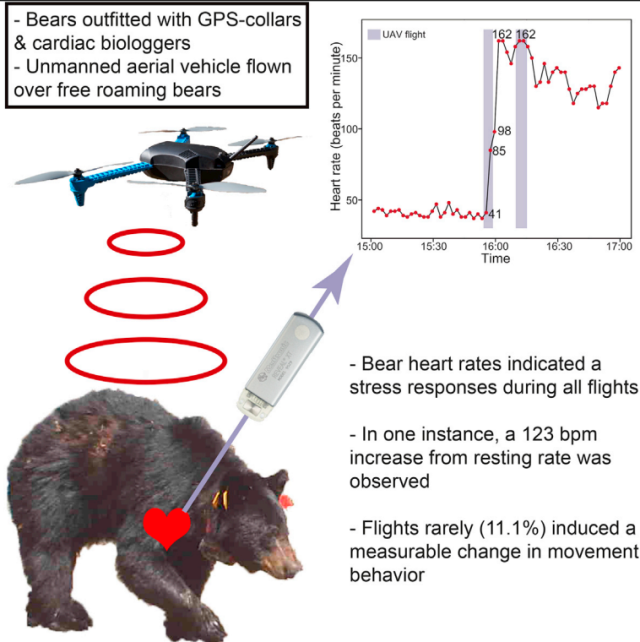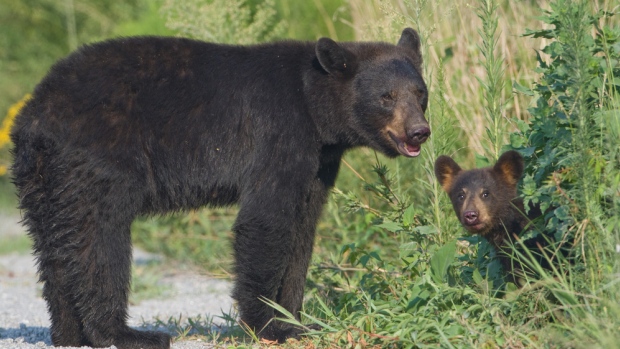 Dear EarthTalk: How are environmentalists putting drones to use to help further their causes?
Dear EarthTalk: How are environmentalists putting drones to use to help further their causes?
– Joe Martin, Baltimore, MD
Conservationists are utilizing drone or “unmanned aerial systems” (UAS) technology to gather highly detailed imagery and other environmental data that is traditionally challenging to obtain. Wildlife biologist John Takekawa and his team at the U.S. Geological Survey’s Western Ecological Research Center (WERC), for example, are using drones to obtain aerial images of San Francisco Bay marshlands.
“It’s very hard to get some of the data sets in some of these areas that are remote or hard to reach in the marshes,” Takekawa explains. “If you have something that can fly over and get sensors that can report back to your computer, that’s what we’re looking for in exploring these types of technologies.”
Dr. Amy Woodget, a post-doctoral researcher at the University of Worcester in the UK, uses her small Draganflyer X6 UAS to collect high-resolution imagery of river channels. The images map the physical conditions within the rivers, including the channel topography, water depth and surface flow patterns, data all crucial for gauging river health and habitat conditions essential to the survival of local wildlife.
“The results obtained using UAS technologies provide unprecedented levels of detail concerning these physical river habitat parameters, with high levels of accuracy and precision,” Woodget says.
Drones are also helping preserve the Peruvian Amazon forest, where illegal gold mining and logging has cleared mahogany, Spanish cedar and other old-growth trees. Carlos Castaneda, coordinator of the Amazon Basin Conservation Association’s Los Amigos Conservation Concession, monitors the 550-square-mile Los Amigos reserve in southeastern Peru, home to a large diversity of plant and animal species, including palm swamps, bamboo thickets, giant otters, harpy eagles, spider monkeys and jaguars. Small drones weighing less than five pounds enable detection of any deforestation within the area.
Considering that more and more drones are being launched for conservation research, Linda Rothschild, an evolutionary biologist at NASA’s Ames Research Center, was concerned when she found out that UAVs sometimes get lost in coral reefs or other sensitive habitats. “As I started to hear about this, I thought, ‘Well, wouldn’t it be useful if the UAV was biodegradable, so if it crashed somewhere that was sensitive, it wouldn’t matter if it dissolved,’” Rothschild says.
So Rothschild created a biodegradable drone with a team of students in the 2014 International Genetically Engineered Machine (iGEM) competition. The team’s prototype took its first short flight in November 2014 at the iGEM competition in Boston. The drone, which resembles a cardboard cup holder, is made primarily of mycelium grown by New York-based Ecovative Design. The team grew cellulose leather-like sheets to coat the mycelium body and then covered the sheets with proteins sourced from the saliva of paper wasps—a water resistant material that the insects use to cover their nests. The biodegradable drone body is certainly a step forward, though the drone still uses a standard battery, motor and propellers.
Rothschild’s dream is to make a UAV where every part is made with something biodegradable, but for now, she says, “realistically, this is going to be much more of a hybrid vehicle.”
http://augustafreepress.com/how-are-environmentalists-putting-drones-to-use-to-help-further-their-causes/






